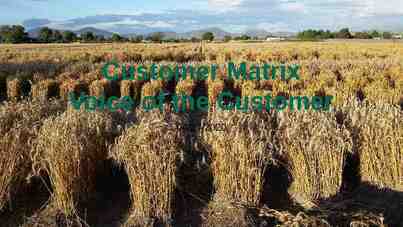The Natural World Renewable Resources Nonrenewable Resources
16 Slides2.17 MB
The Natural World Renewable Resources Nonrenewable Resources Inexhaustible Resources
Try to imagine a world without the natural resources we use to fuel our cars, light our homes and pave our highway. Natural resources run our cars, rocket ships, video games, factories, and practically our entire lives.
All forms of transportation-walking, riding a bus, riding your bike or horse, or driving a car-use energy. However, some forms use energy that can be renewed, and some use energy that can’t be renewed.
We can divide all sources of energy and materials into three categories: inexhaustible, renewable, and nonrenewable.
What is a resource? Resource: Natural materials that are considered valuable.
Inexhaustible Resources Inexhaustible Resources: Resources that have no practical limits, such as solar or hydrothermal energy. Inexhaustible resources, such as sunlight, cannot be used up. Water is considered inexhaustible because the Earth will always have the same amount of water
Renewable Resources Renewable Resources: Resources that can be replaced over a relatively short time period, such as fresh water, hydroelectric power, or living resources. Renewable Resources are resources that can grow again and will last (as long as they are not overexploited). Air, wood, cotton, food, water, land, trees, fish, fertile agriculture, soils, crops and wildlife are renewal natural resources.
Non-renewable Resources Non-renewable Resources: Resources that accumulate over such a long period of time that they must be considered as fixed, such as minerals or fossil fuels. Non-renewable Resources include minerals and fossil fuels. For example, fossil fuels, which are the remnants of prehistoric organisms, take millions of years to form. Aluminum, tin, copper coal, oil, and natural gas are examples of non-renewable resources. These exist in limited quantities and can’t be replenished by natural processes within the foreseeable future.





















